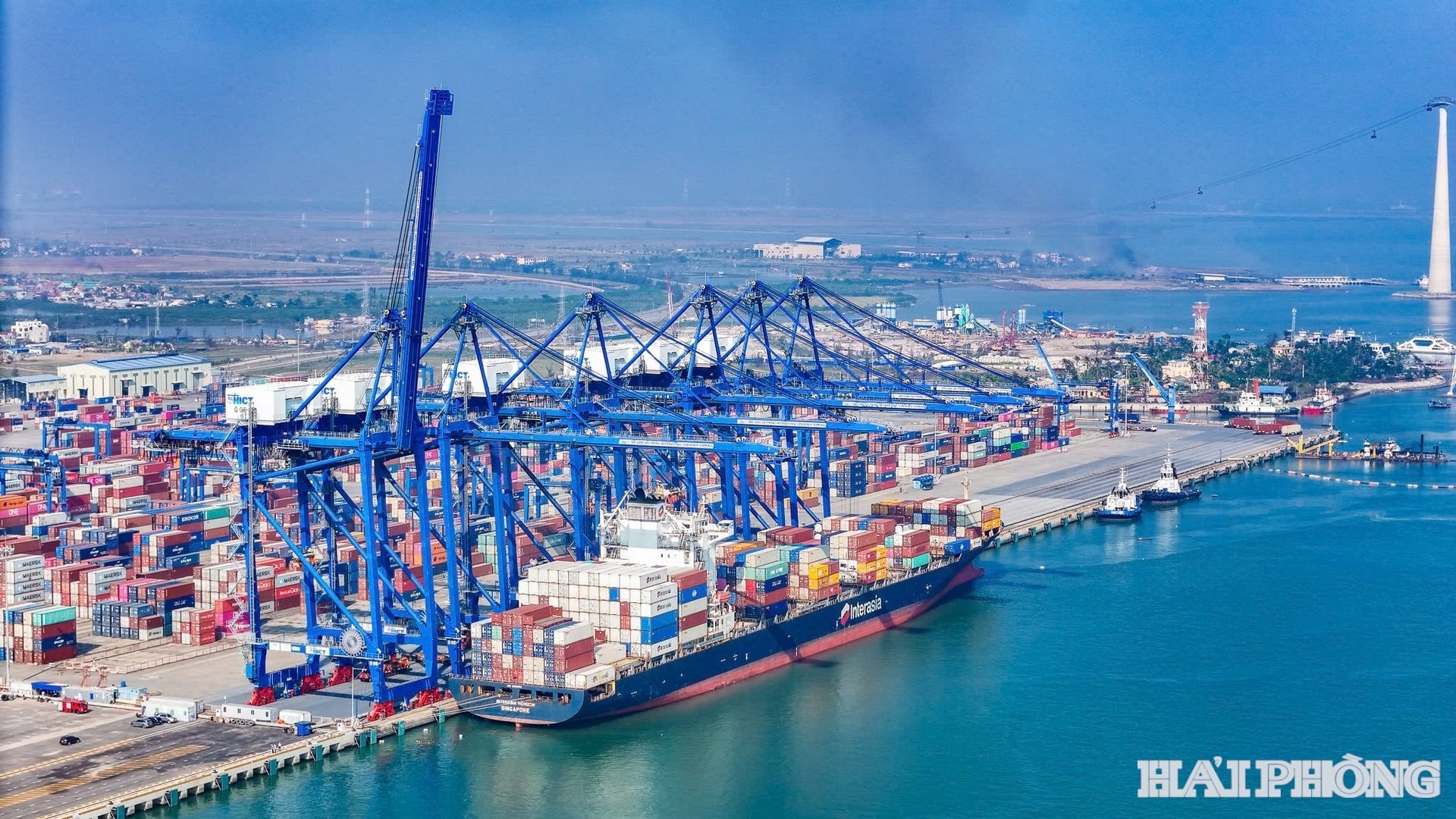
From the historic harbor
In 1874, the trade treaty signed between the Nguyen Dynasty and the French colonialists officially opened the Hai Phong seaport, laying the foundation for the formation of the largest seaport city in Bac Ky. Two years later, in 1876, the French built a port on the Cam River, starting with the famous Sau Kho wharf. Since then, this place has become the most important transit point for goods in the North.
After the August Revolution in 1945, Hai Phong Port continued to play the role of a strategic gateway. Notably, on May 20, 1955, just one week after the city was liberated, the port pilotage department brought two French ships Saint Valery (7,000 tons) and Vardun to safe harbor. That event affirmed the bravery and intelligence of Hai Phong people, officially taking over and quickly restoring the function of the largest commercial port in the North, and at the same time opening a new page in the history of Hai Phong Port.
During the years of resistance against American imperialism, Hai Phong Port became the “blood vessel” supporting the front line. Nearly 40 million tons of aid from the Soviet Union and socialist countries were transported here. During the period 1965 - 1972, Hai Phong Port was the main bombing target of the American imperialist air force, enduring more than 300 fierce air raids. Although the wharf and warehouses were destroyed many times, the port staff and workers still steadfastly held on, keeping the flow of goods uninterrupted. Those years forged the image of the resilient and indomitable Hai Phong port workers.
After the country's reunification, Hai Phong Port continued to play the role of a gateway for trade in the North. The turning point in 1999, when the Government approved the planning of the national seaport system, Hai Phong Port began a comprehensive renovation process. Chua Ve Port was upgraded to a modern container terminal with a capacity of 500,000 TEU/year, affirming its role as the largest container transit hub in the North. Next, Dinh Vu and Tan Vu terminals were put into operation, gradually modernizing the infrastructure, making Hai Phong Port the leading logistics center in the country.
In 2018, Tan Cang - Hai Phong International Container Terminal (TC-HICT) at Lach Huyen wharf area officially came into operation. This is the first deep-water port in the North and is among the 20 largest container ports in the world, capable of receiving ships with a tonnage of more than 132,000 tons, a capacity of 12,000 TEU, going directly to Europe and America without the need for transit. This is a great step forward, bringing Hai Phong to the open sea more strongly.
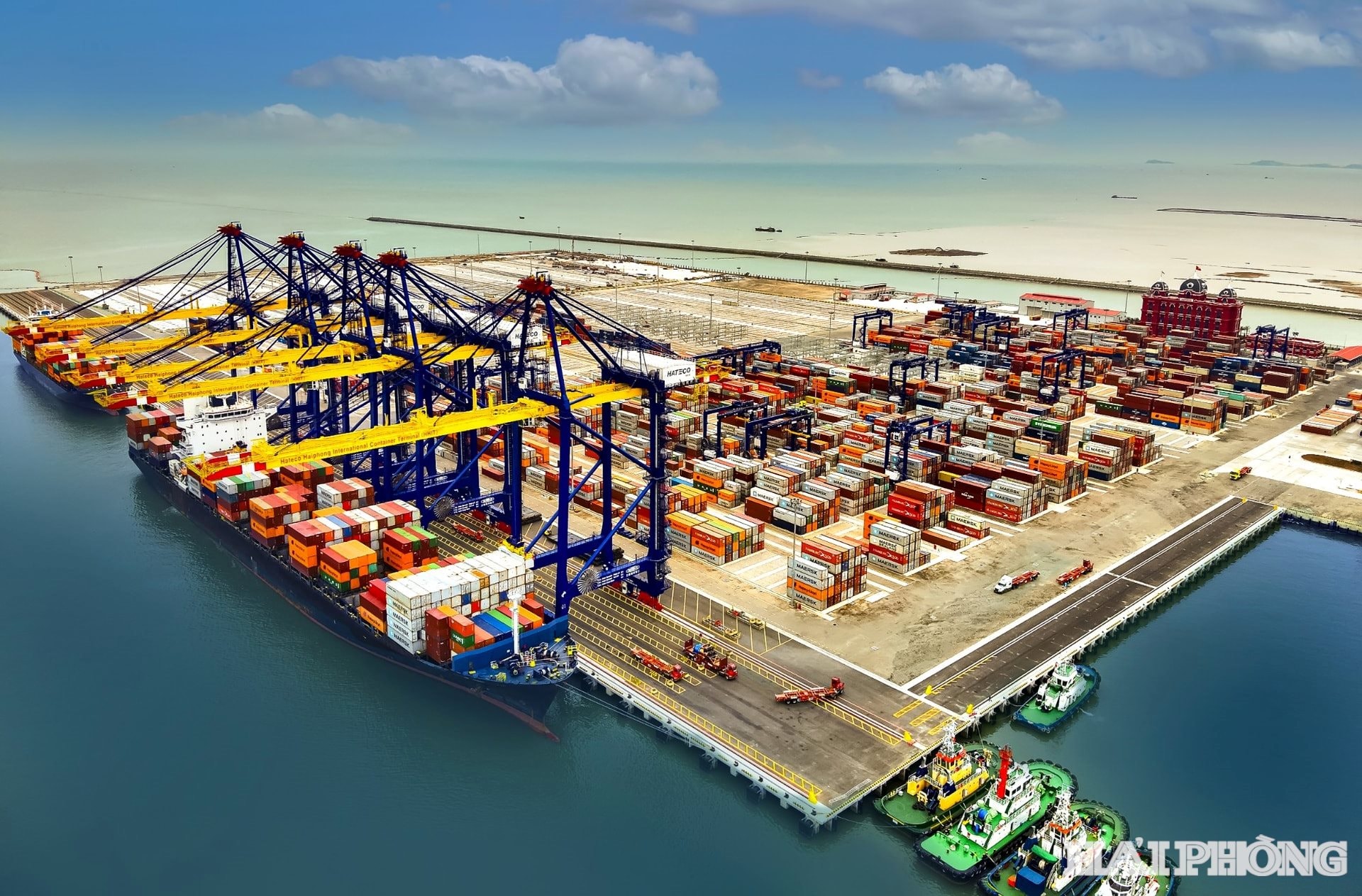
To reach the level of Northern logistics center
In 2025, the 80th anniversary of National Day, Hai Phong city will mark many important milestones, including the merger with Hai Duong province, expanding development space. In June 2025, the National Assembly passed Resolution 226/2025/QH15 on piloting a number of specific mechanisms and policies for the development of Hai Phong city. Six groups of mechanisms with 41 policies, including key policies to remove "bottlenecks" in administrative procedures in attracting investment in seaports, are the driving force for Hai Phong to maximize its potential and advantages, creating a breakthrough development model, contributing to promoting the economy of the Northern coastal region and the whole country.
According to the Detailed Plan for the development of land and seaport areas in Hai Phong for the period 2021 - 2030, with a vision to 2050 approved by the Ministry of Construction in June 2025, by 2030, the seaport system in Hai Phong will be able to handle cargo throughput of 175.4 - 215.5 million tons and passenger volume of 20.4 - 22.8 thousand passengers. Lach Huyen wharf area alone will have 14 - 16 wharves, including 15 - 18 wharves; in which wharf areas No. 1, 2, wharf 3, 4 receive ships with a capacity of up to 165,000 tons (12,000 Teus); wharfs from wharf No. 5 to wharf No. 10 receive ships with a capacity of up to 200,000 tons (18,000 Teus), in accordance with related infrastructure. In addition, Lach Huyen port area is also planned for general wharves and ports for receiving liquid/gas cargo. Along with Lach Huyen, the city also has a starting port in Nam Do Son port area (Hai Phong), ports in Dinh Vu port area and Van Uc port serving the relocation of ports on the Cam River.
Along with infrastructure investment, the city's seaports also promote international cooperation. In June 2025, Hai Phong Port signed a cooperation agreement with Klaipeda Port (Lithuania), opening a direct connection to Europe. In August 2025, the port welcomed a delegation from Ningbo Zhoushan Port (China), promoting cooperation in services, warehousing, and logistics. These activities not only enhance the position of Hai Phong seaport but also make the city an important international transit point on the world maritime map.
After 80 years of national independence, Hai Phong Port not only holds the position of the largest trading gateway in the North, but also becomes a testament to the perseverance, creativity and integration aspirations of Hai Phong people on the path to reaching out to the sea.
In the past 7 months, the volume of goods passing through the seaports in Hai Phong area reached 65.5 million tons, an increase of 7% over the same period in 2024. Of which, goods passing through the port by sea vessels reached 55.5 million tons; goods passing through by inland waterways reached 10 million tons. Hai Phong welcomed 10,481 ships entering and leaving the port, an increase of 10%. Particularly, the ports in Lach Huyen port area had 462 ships entering and leaving the port with a container throughput of 1.2 million TEU, an increase of 34%.
Source: https://baohaiphong.vn/cang-hai-phong-vung-vang-vuon-bien-lon-518897.html




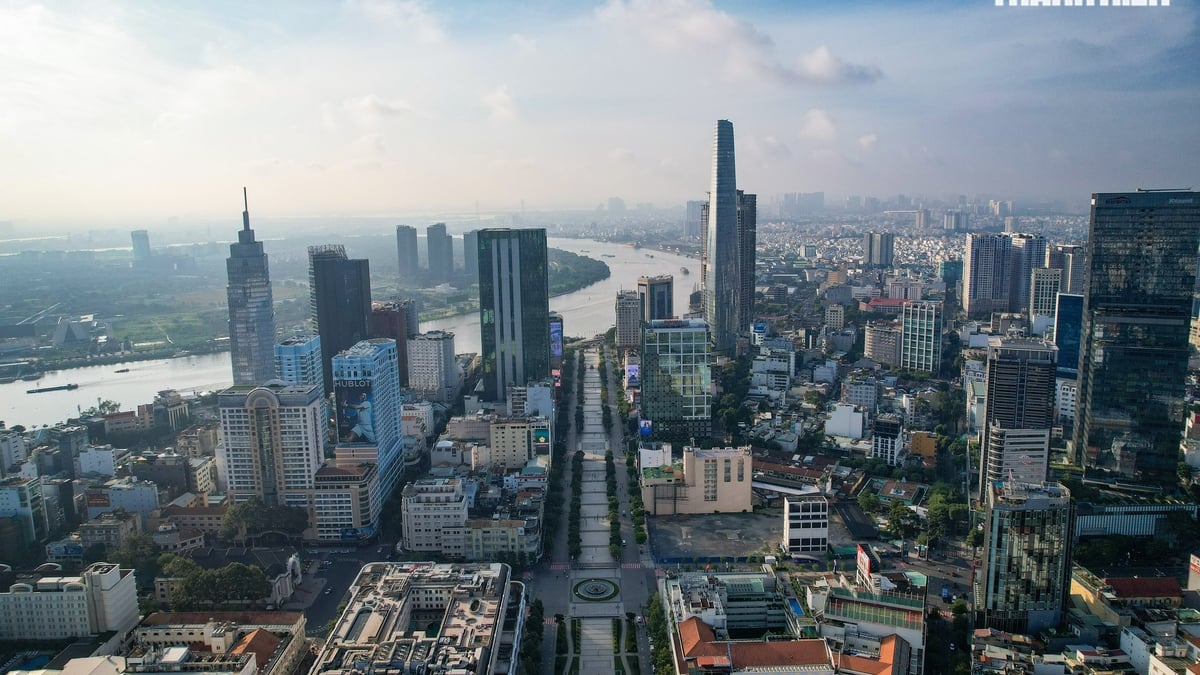


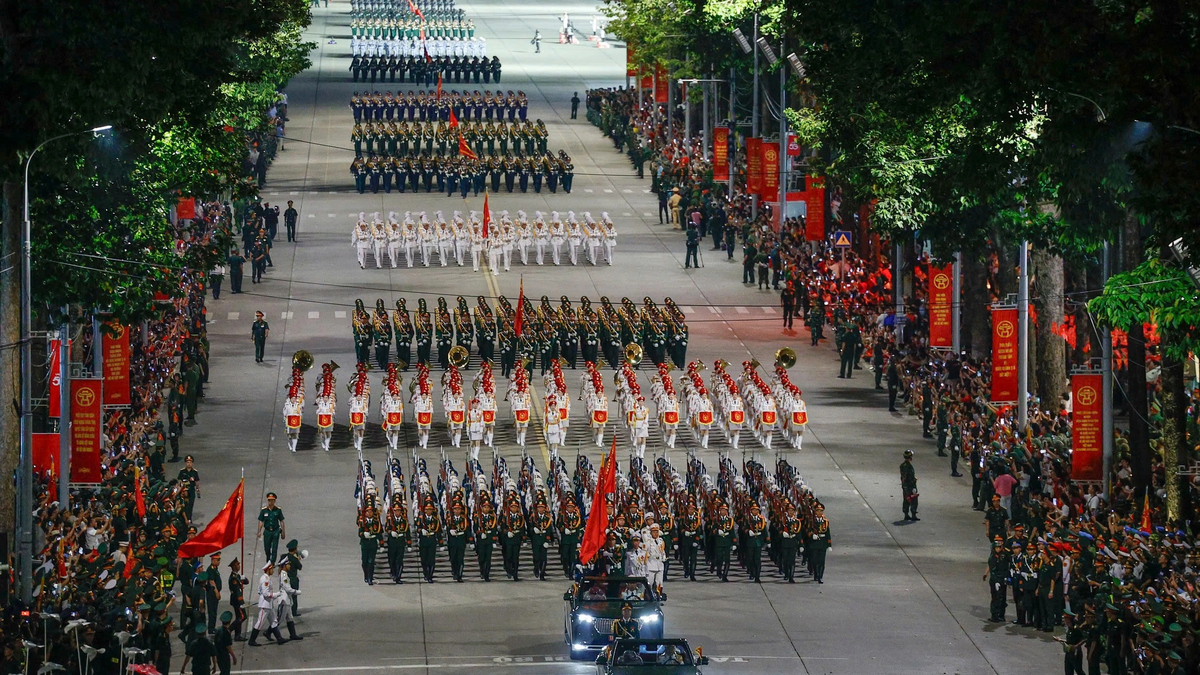
![[Photo] General Secretary To Lam attends the 80th anniversary of Vietnam's diplomacy](https://vphoto.vietnam.vn/thumb/1200x675/vietnam/resource/IMAGE/2025/8/25/3dc715efdbf74937b6fe8072bac5cb30)



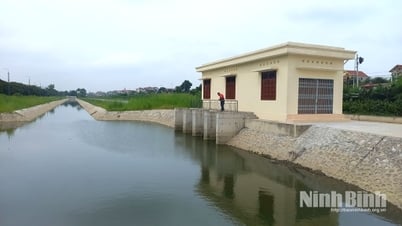










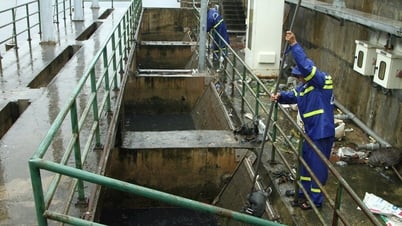











































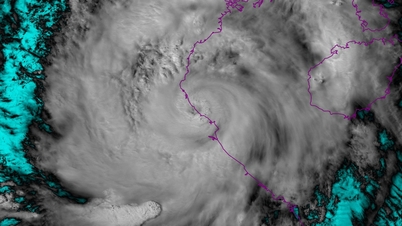














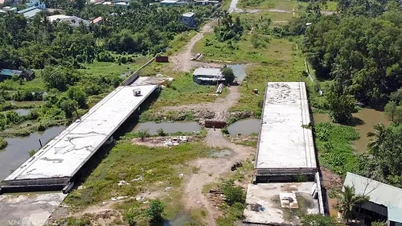






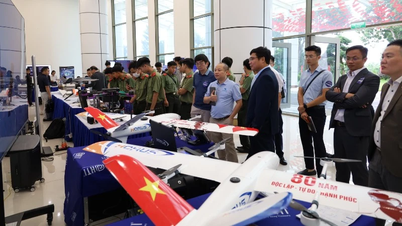





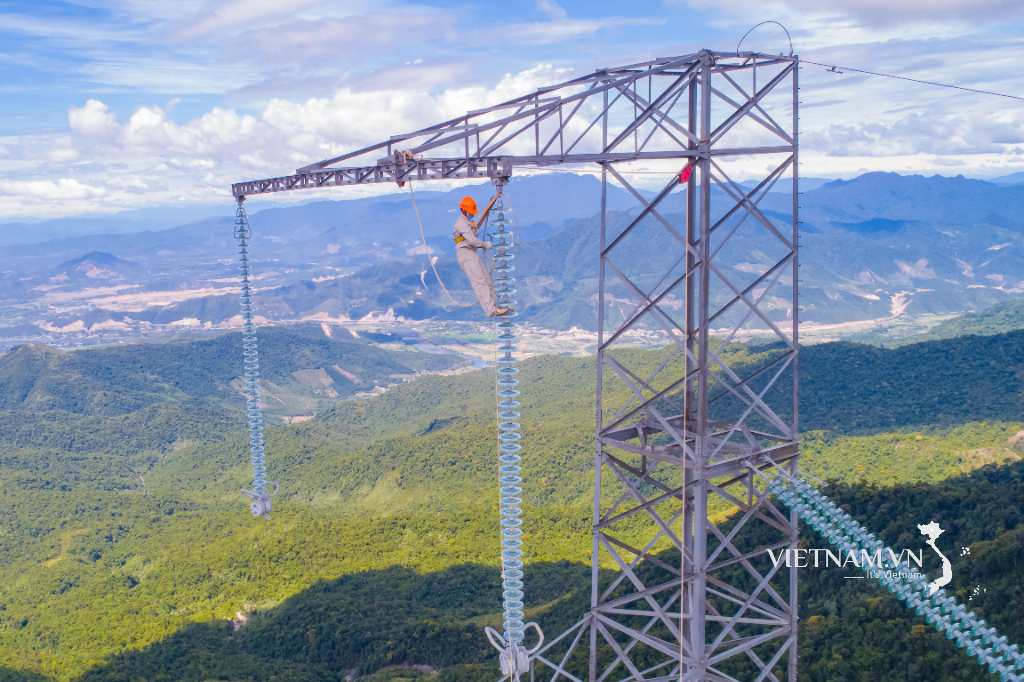


Comment (0)